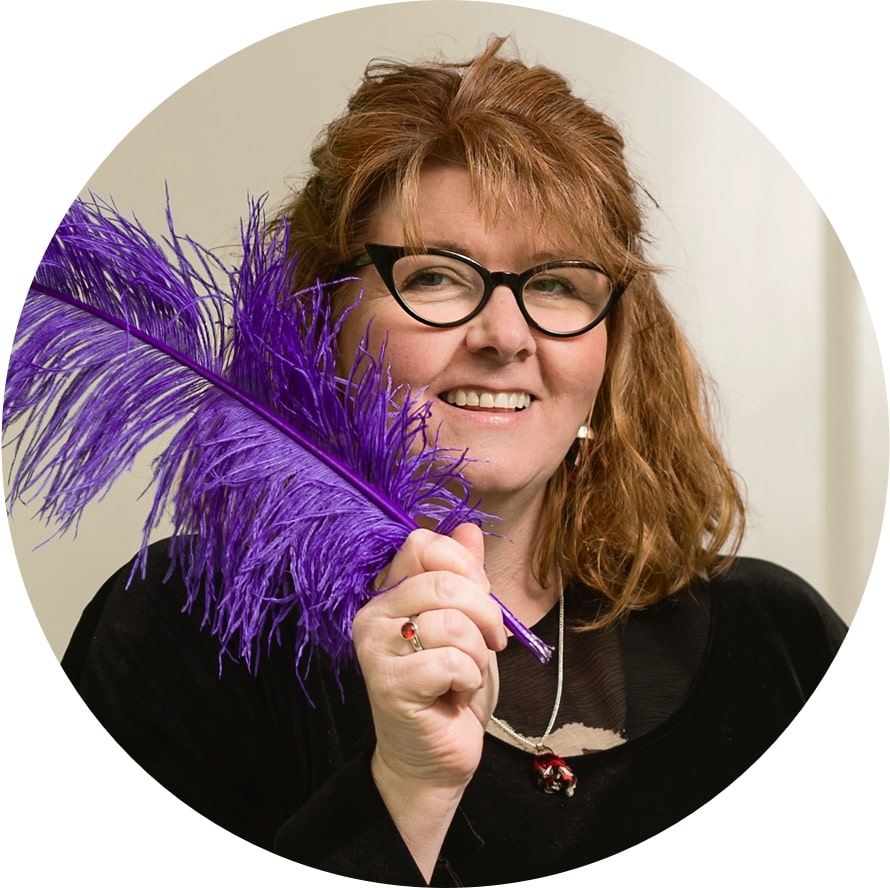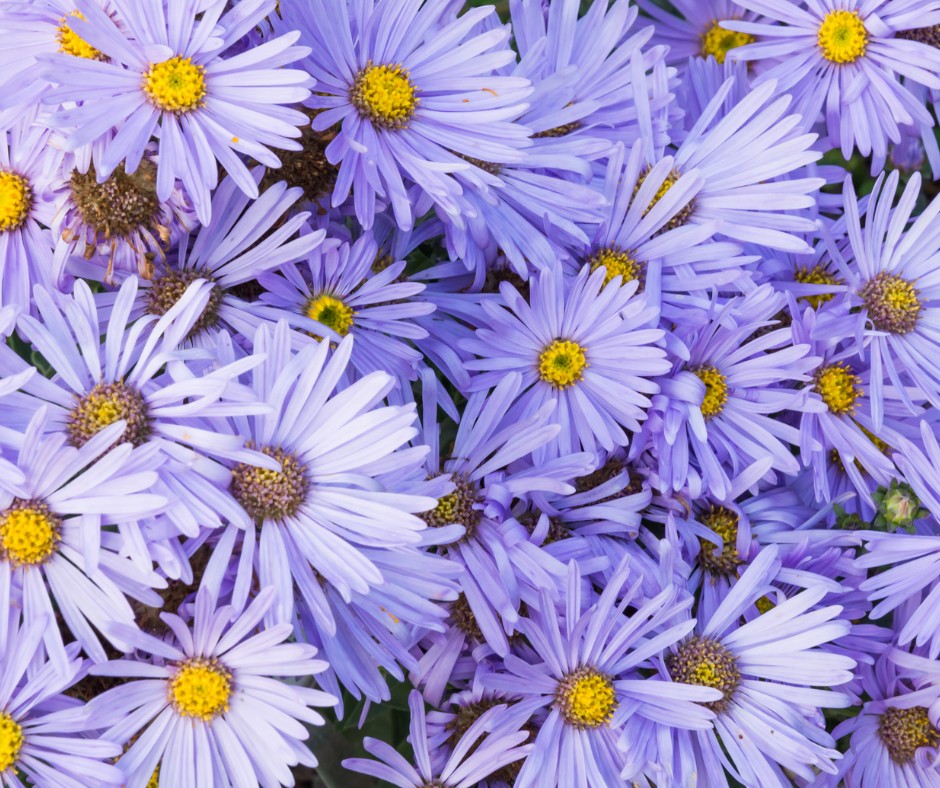Let’s be curious about colour and texture!
31.10.2020


Shades, tones, brightness, saturation, there are so many aspects to every colour we see! Think about how many colours we see in a day and the amazing names we can give them all… turquoise, chartreuse, ochre, olive, fuchsia, what wonderful language. The same goes for all of the textures we encounter… bushy, downy, fine, coarse, fluffy, silky, so much variety.

What does our curiosity teach us?
Let’s take the colour purple as an example, but you could use any colour you like. When asked, what do you think when you see purple or hear the world purple, people often say royalty, nobility, luxury, power, and ambition. It also represents meanings of wealth, extravagance, dignity, wisdom, and magic. I asked two friends and they said “opulence” and “restaurants”, it’s a joy we all think differently!

I’ve picked the simplest of ideas to consider how much learning and thinking can be stimulated by exploring a tiny part of our planet. Just one colour, which happens to be a favourite of mine.
As children explore items, they will be challenged to identify them, describe them, consider where they came from, can be found or in fact what they are. Some of the items will be familiar, others a puzzle to be solved. As they begin to experiment with the materials, colours and textures, their personal ideas will be shaped by the breadth and depth of their thinking and engagement.

How to encourage curiosity in our environments…
Stand back and watch, observe with your eyes and ears and see what learning appears. Some things to consider are:
What are the challenges the children come up against and how they deal with them?
Sharing, helping, supporting, extending each other’s ideas, is this demonstrated?
What enjoyment are the children having with the various items?
Are some items more popular, interesting?
Are the children using the items in an interesting way?

Remember you can step into the play. Make sure your stepping in makes the experience better in some way. To extend a thought, answer a question, support the play. Avoid asking questions unless you know it will allow the children to progress their experimentation. Consider the relevance of the items, are the children familiar with them? Are you introducing the possibility of new knowledge and understanding being gained? Encourage their curiosity and the learning is endless!
